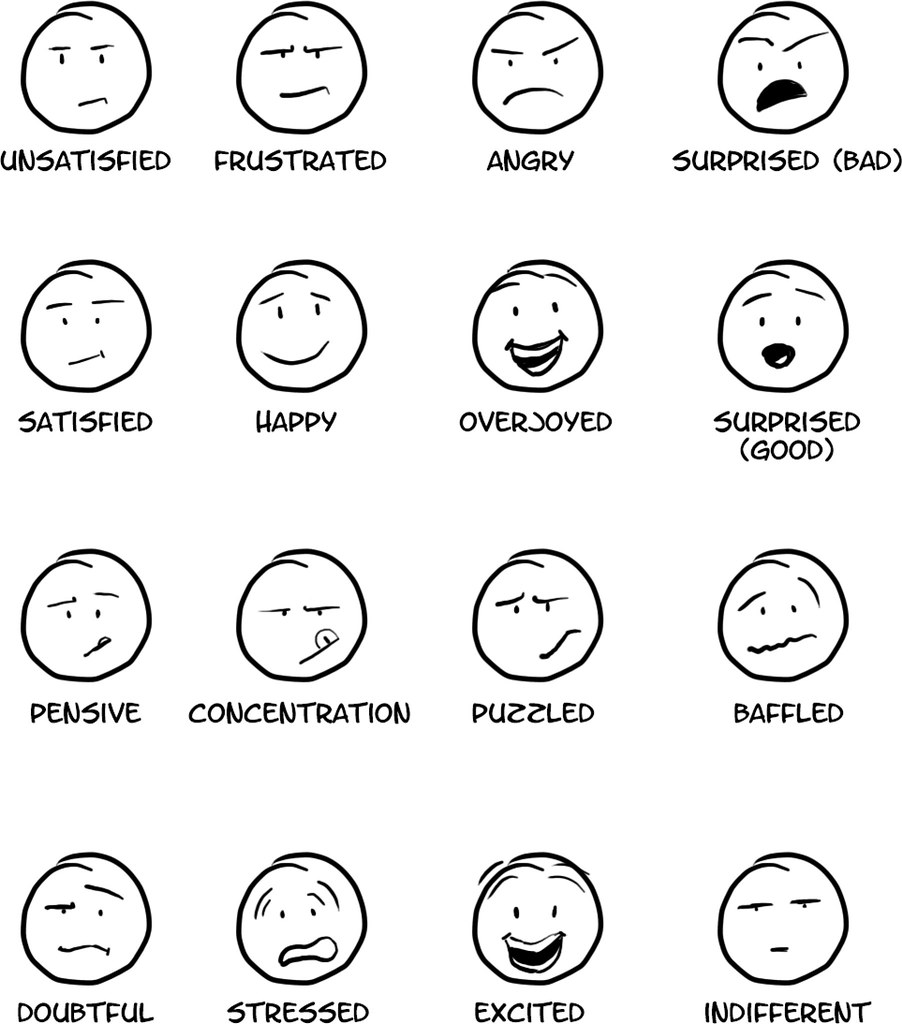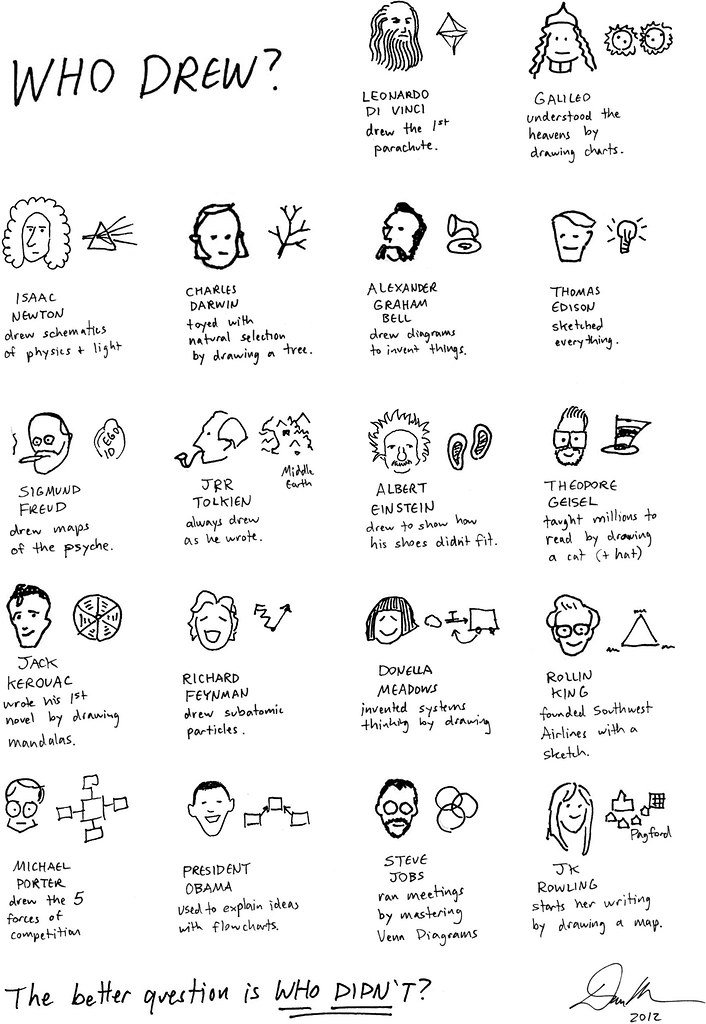See What I Mean: A Review Mostly With Words & A Few Images

Kevin Cheng’s new book, See What I Mean: How to Use Comics to Communicate Ideas (published by RosenFeld Media) is part how-to, part case study of using comics in interaction design and marketing. See What I Mean (SWIM) is a great resource for anyone looking to make comics for the first time, or for designers like me, looking for ammo to support their point of view … that comics rock!
Using comics to describe user experiences before products are built and deployed seems like common sense to me. Obviously, Kevin Cheng agrees with this notion as well since that is the core example provided again and again throughout his book. From Scott McCloud’s Google Chrome comic to Deb Aoki’s work as a content strategist for ebay, Cheng mentions in passing that big companies use comics to tackle complex issues. But it feels like he’s just scratching the surface of this topic.
Instead of just throwing the reader into the deep end, Cheng spends much of the book deconstructing the elements of comics and how to manipulate them. Clearly, SWIM is geared for beginners and people who are not comfortable or familiar with drawing comics. From the great infographic depicting simple states of emotion to the introduction of the rule of thirds, Cheng does a fine job providing the basics of drawing, composition, and storytelling to explain the nuts and bolts of comics.

However, for “advanced users” like myself, I found these sections superfluous and just as the author surmised, I skipped to the end of the book to the “wrapping up” section. I actually thought that this conclusion section could have better served as an introduction to the book by making the goals and context more apparent.
At times I felt like I was reading the updated Cliffnotes version of Scott McCloud’s seminal work, Understanding Comics (1992). At other moments it seemed like a web directory of comics related online resources. Although, I must admit to enjoying the Easter egg nods to comic book geeks with shout-outs to Y the Last Man and 100 Bullets. It just felt like two-thirds of the book was a bit redundant and the last third was just not meaty enough. Like a meal that looks tasty (hat tip to Philly’s Heads of State for the cover design) but is bland to the palette, SWIM is good but not great.
I wish there was more in-depth coverage of the diverse application of comics within business practices. See What I Mean repeatedly calls the reader to consider using comics in their design toolbox but doesn’t state the case persuasively enough. The author fails to mention how craftsman like Eisner or Sagmeister deploy comics, while companies like Pixar are glossed over and leading agencies like Campfire are completely ignored.
My favorite parts of SWIM were the case study examples at the ends of each chapter. I wanted to learn more from Deb Aoki’s experience at ebay using comics to develop workflows and iterate on personas.

Or better yet, how about an example from a small business that uses comics to improve their margin. Although the Applying Comics Chapter briefly mentions the use of comics in medical, financial, and educational realms, these shout-outs seemed more like afterthoughts than resources. After finishing the book I kept hearing the old lady from that Wendy’s commercial imploring, “Where’s the beef?”
There is much to be commended in Kevin Cheng’s See What I Mean: How to Use Comics to Communicate Ideas. An index that makes the book more searchable, an awesome Flickr set with all the images from the book, and copious resources like Pixton and Bitstrips make this book quite useful. But the lack of depth in the final third of the book proves that there is much more to cover on this topic. The foreword of the book posits the idea that drawing is the secret to thinking, I wish that SWIM explored more of this notion rather than covering the fundamentals.
Image header is from the book See What I Mean, by Kevin Cheng

